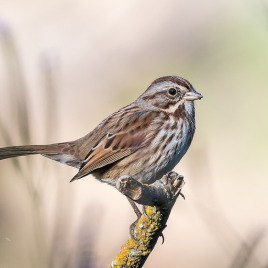Complexity of a male bird’s song can help attract the most compatible mate, new research suggests. Researchers investigated whether song repertoire and complexity advertises the singer’s genetic dissimilarity to others in the population — something that could help a couple raise the most viable young. A male bird’s health influences how well it can learn […]
Tag: evolution
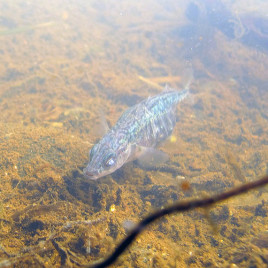
Threespine stickleback can learn to adapt to low-oxygen environments 
As aquatic oxygen levels decrease with the changing climate, marine and lakewater species face a challenging task of adapting to hypoxic environments – or risk perishing. To examine potential for adaptation, researchers investigated two populations of threespine stickleback: one from a lake that naturally experiences seasonal long-term hypoxia and the other one that does not. […]
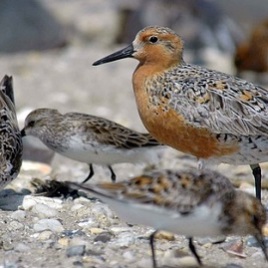
Survival of the fullest: Red knots’ chances of surviving winter increase with its body weight 
Endangered rufa red knots – which make one of the world’s longest migrations, from southern South America to the Arctic – are more likely to leave for breeding grounds earlier, arrive sooner and breed successfully if they start out their summer migration on a full stomach. Using innovative radio tracking, researchers observed a group of […]
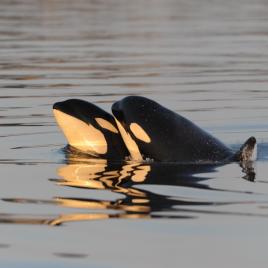
Simulated copulation techniques reveal cetacean sex secrets 
A new study helps examine how mechanical interactions during copulation influence the shape of genitalia and fertility in cetaceans. Researchers used samples of cetacean genitalia acquired after the animals’ natural cause death. The scientists inflated excised penises using a saline solution to simulate an erection, and studied its interaction with silicone endocasts of vaginas in […]
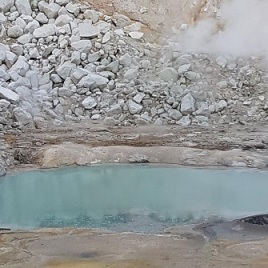
Vital chemicals deposited into small ponds by meteorites deemed responsible for life on Earth 
Scientists found new evidence to support the “warm little ponds” theory of the beginnings of life on Earth, which puts the ponds as a top candidate for the initial favorable conditions for the appearance of living organisms. The new paper places the emergence of life into the process of Earth’s formation, while the planet was still being pelted […]
Birds with big brains are more likely to explore new habitats 
Scientists have long questioned whether there is any correlation between brain size and cognitive ability in various animal species. One theory often explored in this field is the cognitive buffer hypothesis, which explains bigger brain size by the adaptive benefits to respond quickly to sudden, rapid changes in the environment. A new study tests out […]
Recipe for a comeback: predictive characteristics for replenishing depleted marine fish species 
What does it take for a depleted fish species to make a comeback? A group of researchers reviewed abundance trends for over 50 populations of marine fish in attempts to determine what, if any, characteristics are common among species that have successfully recovered after overfishing. Their results suggest that recovery is related to a combination […]
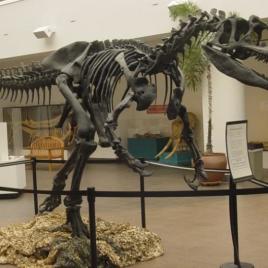
Scientists solved the mystery of the mass Allosaurus grave
The Cleveland-Lloyd dinosaur bone bed has been a puzzle for paleontologists for many years. It’s home to the densest collection of Jurassic era dinosaur fossils, which includes numerous Allosaurus fossils. Since the bone bed’s discovery in the 1920s, numerous hypotheses have been proposed to explain its origin—including theories of a mass poisoning event, drought, or even dinosaurs […]
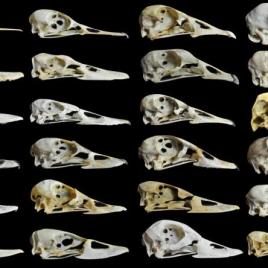
Duck, duck, goose: How evolution shaped waterfowl beaks
A new study provides the most comprehensive look at the evolution of beaks in waterfowl to date. Following Charles Darwin’s famous finch study, present research suggests that diet shaped the beaks of geese and ducks. Study author studied 3D form of the beaks of 136 specimens of waterfowl, covering 51 species and 46 genera, including […]
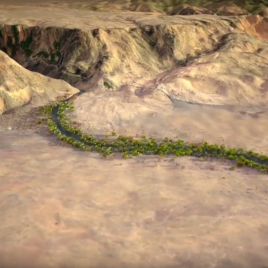
Hominin evolution linked to groundwater distribution 
Video courtesy of Bournemouth University Dispersal patterns of early human ancestors in East Africa relied heavily on the distribution of groundwater, new research suggests. Previously, the hominin movements were thought to have relied solely on climate shifts; however, it was unknown what sustained their survival in extremely dry weather when fresh water was scarce. Researchers […]
New toothed fossil the missing link between ancient and modern baleen whales
Scientists finally found the missing evolutionary link between the modern whales’ toothed ancestors, the basilosaurids, and the filter-feeding mysticetes, which include the blue whale, the humpback whale, and the right whale. A recent paper describes a 36.4-million-year-old whale fossil with teeth and small vestigial hind limbs, which also help connect it to the whales’ ancient land-dwelling […]
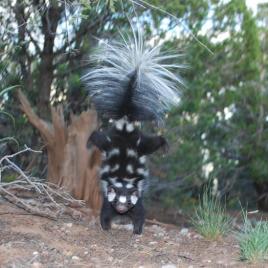
Ice Age climate change more important than geological barriers in spotted skunk evolution
The evolution of Western spotted skunks—tiny, maze-patterned carnivores with a unique hand-stand spraying technique—was influenced by climate change, not geological barriers, new research suggests. Spotted skunks can be found throughout western United States and Mexico, living in a variety of climates. Studying the evolution of skunks may seem arbitrary, but in fact, these small carnivores provide […]
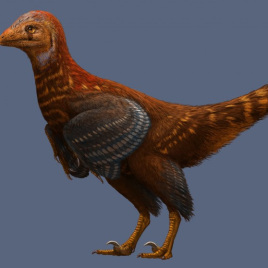
Newly discovered feathered dinosaur sheds light on the evolution of flight 
A newly discovered troodontid species is the earliest example of a bird-like dinosaur with asymmetric feathers—a physical trait associated with the evolution of flight. The new species, named Jianianhualong tengi, was described from a nearly complete skeleton with preserved feathers. The fossil dates from the Early Cretaceous period— approximately 100-145 million years ago—and was found in north-eastern […]
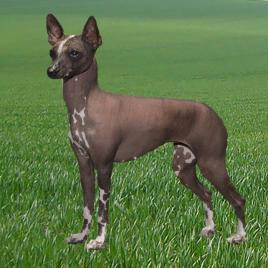
The most comprehensive evolutionary map of dog breeds
Researchers have assembled the most comprehensive map of dog breeds to date, using genetic sequences from 161 modern breeds. The largest evolutionary tree also reveals new information about the original purposes for breeding certain types of dogs; tells the story of the dogs that accompanied humans across the Bering land bridge; and the map could […]
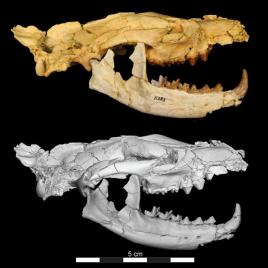
Egyptian fossil leads to discovery of new extinct carnivore species
A 34-million-year-old Egyptian fossil has identified a new member of the ancient carnivore species, hyaenodonts. Researchers gave the new species the name Masrasector nananubis, referring to Anubis, the dog-headed Egyptian god of mummification and afterlife. Masrasector nananubis were likely fast-moving, terrestrial meat-eaters about the size of a modern skunk. This is a significant discovery to […]
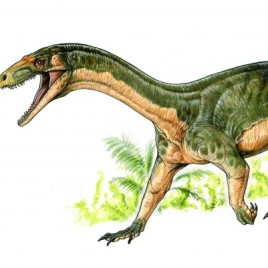
Fossil leads to recognition of birdlike reptiles that preceded early dinosaurs
Certain physical traits previously thought to be unique to dinosaurs evolved much earlier, a new study suggests. Fossil analysis of a newly described species, named Teleocrater rhadinus, places this carnivorous animal in a new spot on the evolutionary tree, directly after the split between birds and crocodilians. Teleocrater marks the first of an entirely new clade […]
